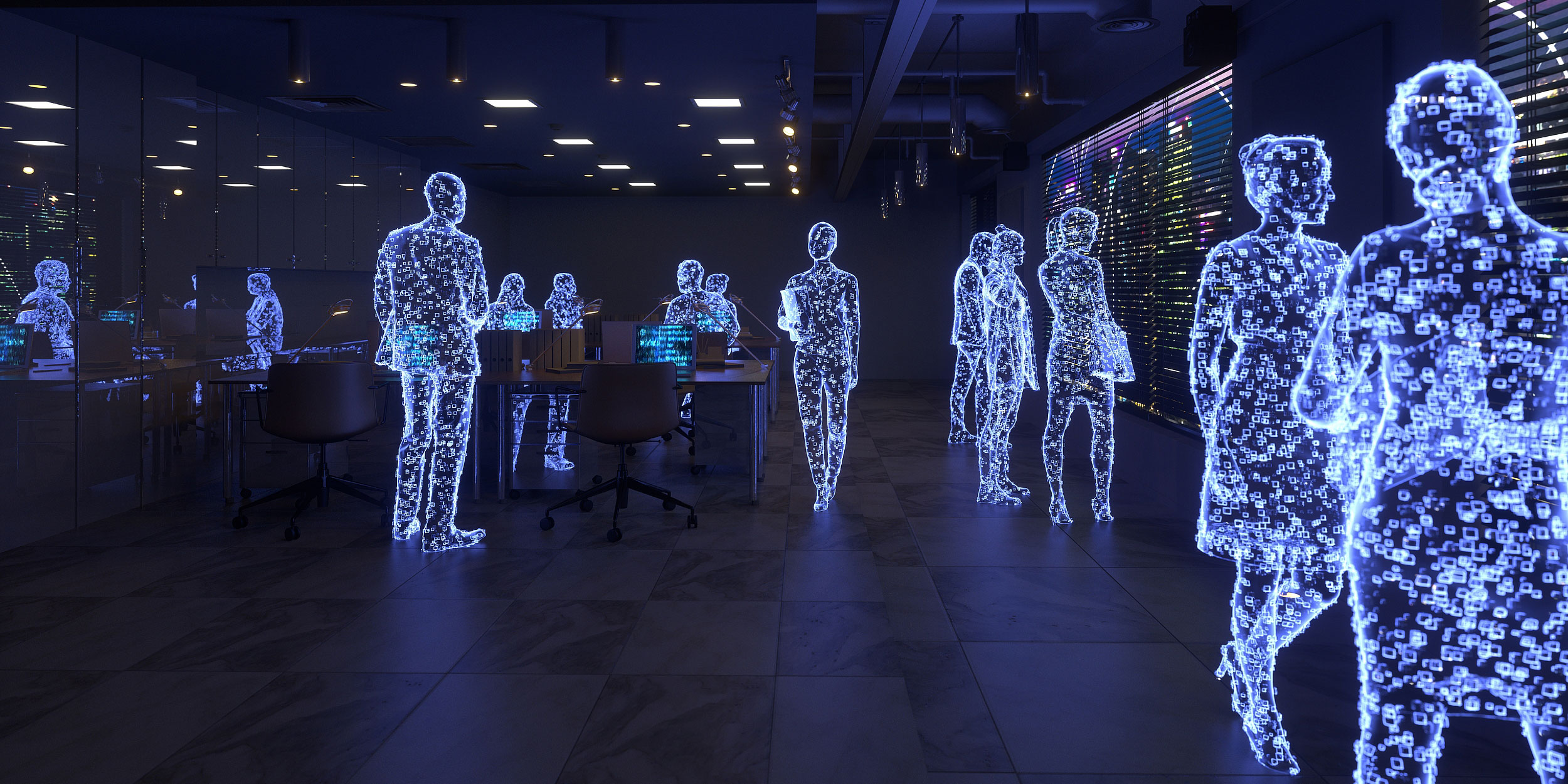
AI Isn’t Always Helping Chinese Office Workers Either
When Hang, a 31-year-old consultant in Shanghai, began experimenting with ChatGPT, he was stunned by how quickly his work rhythms changed. Reports that once stretched over several days now took just hours to draft.
But the shortcut came with a catch: he found himself combing through references that led nowhere, uncovering what he later learned were “hallucinations” — factual inaccuracies that have proven unavoidable in generative AI outputs. Verifying the AI-generated content ended up taking even longer than drafting a report without ChatGPT.
Wasted time wasn’t the only risk. “Had we chosen to publish these incorrect data in our industrial report because we trusted AI blindly, the reputation of our firm would have been at stake,” said Hang.
This “AI paradox” is now well documented in the West: AI has the promise to accelerate all kinds of office work, but few of the many companies that have adopted generative AI can show durable effects on revenue. Most pilot projects fail to reach the point of reshaping company processes.
Through interviews with dozens of white-collar workers across Shanghai, Beijing, and other major Chinese cities earlier this year, we found that the use of AI has not been a straightforward success in Chinese companies either. Output verification work, reshuffled colleague relationships, and conflicts with other company priorities all complicate the assumption that AI can effortlessly enhance workplace efficiency.
Advertising creative Lin, who like all our interviewees was given a pseudonym so she could talk freely about her employer, also found using AI wasn’t a shortcut: “AI helps generate proposals efficiently, but these things reek of that unmistakable ‘AI smell.’ Finally, I end up reworking them so they read as if a real person had written them.” This “humanization labor” — making AI output appear naturally created — represents a new form of work invisible in efficiency metrics.
Architectural designer Wang discovered that AI plans were “mathematically rigorous but completely ignored company capabilities and local requirements.” That means the efficiency gained in generation may get lost in correction, resulting in a negligible net-zero gain that companies rarely acknowledge, ostensibly afraid to admit they might be wasting time and money.
These struggles with AI — its efficiency gains are counteracted by the extra work it creates — are similar to those experienced in other countries. But in addition, our research reveals that AI’s effects on workplace efficiency call into question what “efficiency” means, and what purpose it ultimately serves — questions for which the answers are shaped by every company’s corporate culture.
In companies championing AI adoption, the search for efficiency gains is distorted by a new phenomenon, where efficiency becomes a kind of performance art. Employees conspicuously use AI tools not because they enhance productivity, but because the corporate culture demands it.
“Some colleagues make a show of using AI in meetings, dropping terms like ‘prompt engineering’ and ‘few-shot learning,’” said banking app user interface designer Luo. “But in private, they stick to the old ways, as adopting AI still requires time and effort. It’s about looking innovative, but not actually being innovative.”
In some state-owned enterprises (SOEs) where a more conventional chain of command and a traditional work culture persist, efficiency gains from applying new technologies are sometimes at odds with other priorities, such as providing employment.
“Even when AI boosts efficiency, the workload never really shrinks: finishing early is read as slacking off rather than performing well, so assignments are topped up instead of scaled down,” said Meng, who drafts publicity content for a state-owned real estate developer headquartered in central China. “In companies like ours, avoiding mistakes and the visible performance of diligence — staying busy, keeping pace — often matter more than actual output improvements.”
According to Meng, her leaders were also concerned with the cost of office-wide AI deployment. “Front-line clerical labor is often cheaper than AI,” she said. As a result, employees have developed a hybrid strategy: using AI tools privately while avoiding appearing too efficient.
Some saw a different limiting factor for corporate AI use. State enterprise employee Li offered a more tongue-in-cheek reminder of why AI can never replace humans: “Someone needs to take responsibility when things go wrong. You can’t blame a machine. That’s why we’re irreplaceable — we’re professionally responsible for being responsible.”
And even for those white-collar workers who have managed to use AI in beneficial ways, this still introduces new kinds of friction into the workplace. “I don’t share my AI techniques with coworkers,” admits one marketing professional we interviewed. “Why would I give up my edge? Let them think I’m just naturally efficient.”
These conversations reveal how “efficiency” has become a shape-shifting concept, morphing based on who does the measuring. As Norbert Wiener, one of the earliest thinkers on automation and control systems, warned 75 years ago, the danger isn’t that machines will replace us — it’s that we’ll become machine-like ourselves, measuring our worth purely in productivity metrics.
Perhaps the true challenge of the AI age is not to maximize output, but to navigate competing demands. In this landscape, workers engage with AI in uneven, sometimes contradictory ways. What their experiences reveal is not a hierarchy of efficiency but its fragmentation: the ability to decide when technology serves and when it distracts, and to preserve the human judgment that keeps work accountable and meaningful.
AI can benefit office work, and may well prove to be a true efficiency revolution in due time. However, the experience of white-collar workers’ AI usage shows that efficiency was never a simple metric — it’s a complex negotiation between speed, quality, responsibility, and human value that AI has made more visible, not less.
Cao Yue, an assistant professor at the School of Journalism and Communication, Guangdong University of Foreign Studies, made an equal contribution to this article.
(Header image: XH4D/Getty Creative/VCG)










